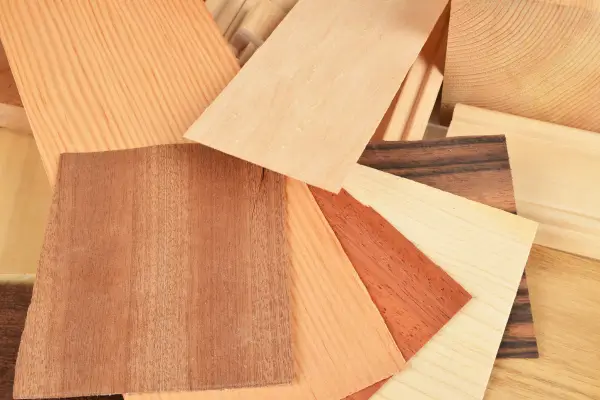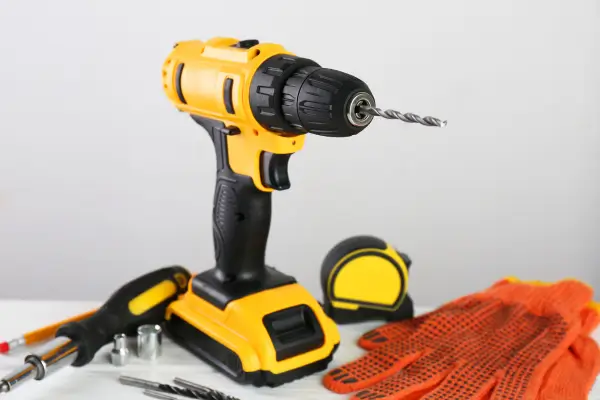Essential woodworking techniques are the foundation for anyone who wants to turn basic materials into beautiful and useful creations.
Woodworking isn’t just about tools — it’s about precision, patience, and developing a true feel for the craft.
Learning the right methods from the start helps you avoid common mistakes and stay motivated as you build.
Each technique you master adds more control and creativity to your hands-on projects.
This guide covers the core skills every beginner should focus on to grow with confidence in woodworking.

Choosing the Right Wood for Your Project
Before picking up a saw, it’s essential to understand different wood types and their characteristics.
- Hardwoods (Oak, Maple, Walnut): Durable and strong, great for furniture but harder to cut.
- Softwoods (Pine, Cedar, Fir): Easier to work with, often used for decorative and lightweight projects.
- Plywood and MDF: Engineered wood options that provide stability and consistency.
The choice of wood impacts how it reacts to cutting, sanding, and finishing, so selecting the right material is the first step toward a great project.
Mastering Measurement and Marking
Accuracy is everything in woodworking. Even a few millimeters off can cause problems in fitting pieces together.
- Use a tape measure or combination square for precise measurements.
- A marking knife or sharp pencil ensures crisp, clear lines for cutting.
- Always measure twice and cut once to avoid costly mistakes.
Pro tip: When marking, align your blade to the waste side of the line so you don’t cut into your actual measurement.
Cutting Techniques for Smooth Edges
Different projects require different cutting methods. Knowing when and how to use each one can improve the quality of your work.
- Crosscutting (cutting across the grain) – Ideal for precise lengths.
- Ripping (cutting along the grain) – Used for resizing boards.
- Miter cuts (angled cuts) – Essential for frames and decorative pieces.
Recommended Tools:
- Hand saws – Offer control and are great for small cuts.
- Circular saws – Speed up the process for large cuts.
- Table saws – Provide precision for straight, repeated cuts.
The right tool and technique prevent splintering and uneven edges, ensuring a clean, professional look.
Joining Techniques That Create Strong Structures
A well-joined piece ensures durability and aesthetics. Some common joining methods include:
- Butt joints – Simple and effective, secured with nails or screws.
- Dovetail joints – Beautiful and strong, commonly used in drawers.
- Mortise and tenon joints – Offer excellent durability for furniture building.
- Pocket hole joinery – A beginner-friendly technique using screws for easy assembly.
Choosing the right joint depends on the project. For high-stress areas, opt for mortise and tenon over butt joints for added stability.
Sanding for a Smooth, Flawless Finish
Sanding is what turns a rough-cut piece of wood into a polished masterpiece. The key is to progress through different grit sizes:
- Coarse grit (60-80) – Removes saw marks and rough edges.
- Medium grit (100-150) – Smooths surfaces and prepares for finishing.
- Fine grit (180-220) – Creates a silky texture before applying stains or sealants.
Always sand with the grain to avoid visible scratches, and wipe off dust before applying finishes.
Applying the Right Finish to Protect Your Work
A good finish enhances the wood’s beauty and protects it from wear and tear.
- Oil finishes (Tung or Linseed Oil): Natural-looking, deep penetration, great for furniture.
- Polyurethane: Durable and water-resistant, ideal for high-use surfaces.
- Stains and dyes: Add color while maintaining the wood’s texture.
Applying thin, even coats with a brush or cloth helps achieve a smooth finish. Allow drying time between coats for best results.
Maintaining Your Tools for Long-Term Success
Proper tool maintenance ensures accuracy and extends their lifespan.
- Keep saw blades sharp to avoid rough cuts.
- Store tools in a dry place to prevent rust.
- Lubricate moving parts regularly to keep them in top condition.
Clean tools after each use, and periodically check for wear to ensure every cut remains clean and precise.
Bringing It All Together
Mastering essential woodworking techniques gives you the confidence to bring your ideas to life — no matter the size or complexity of the project.
From simple shelves to detailed furniture, knowing how to work with wood the right way makes every creation more rewarding.
With each cut, joint, and finish, you’re not just building objects — you’re building skill, focus, and creative expression.
The key is to start small, practice with attention, and allow each project to be a step in your growth.
Over time, woodworking becomes more than a hobby — it becomes a craft that connects your hands, your mind, and your personal vision.



